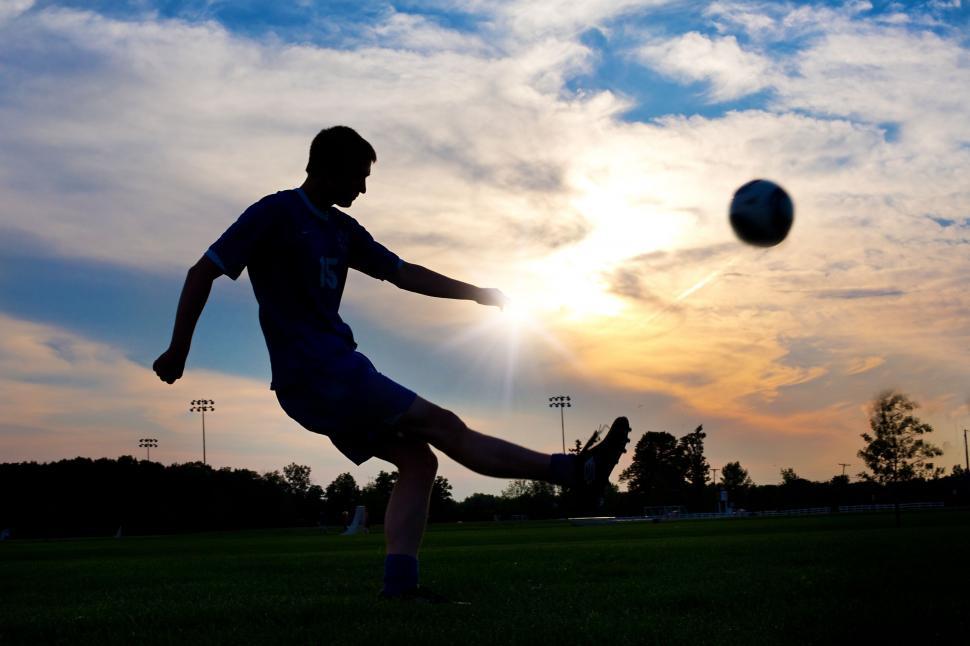
By Dr Sophie King-Hill, Associate Professor in the Health Services Management Centre, University of Birmingham and Tom McNeil, Assistant Police & Crime Commissioner for the West Midlands
Understanding the perceptions and positionality of the young man and boy in today’s society is an important aspect in violence reduction, tackling misogyny and positively addressing male mental health. Masculinity is evolving and previous assumptions of the man as the strong, emotionless provider are becoming rapidly redundant. Over the past 50 years women’s roles have changed and they have, quite rightly, been supported in this evolution. There is still a long way to go for women in many areas of contemporary life, and these issues are explicit in societal debates and discussions.
Support for young men and boys is lacking, with little focus on how masculinity should be supported to evolve alongside this changing landscape. A social stigma that makes them feel blamed risks impacting on young men and boys, cultivating feelings of worthlessness and shame. This is often then reinforced by ingrained societal expectations put onto the young man and boy that lends itself to toxicity.
Recently, the need for more work with young men and boys has come to the fore. The Women and Equalities Committee stated that more work needs to be done with young men and boys to combat adverse gender outcomes such as misogyny and sexual harassment, which are damaging to all genders.
This work can take on many guises, one of these being sports and arts. Sports and arts can be seen as a ‘nice to have’, perhaps best captured by the ravaging cuts made to both in the last decade. The Youth Sports Trust warns that the funding landscape for sport for instance, could be about to get a lot worse. Political arguments will be made around the affordability of ambitious funding strategies for youth sports and arts, and a full cost benefit analysis goes beyond the scope of this blog. However, it’s vital that we help bring to life the profound and wide-ranging value of these activities, so that decision makers develop new appreciations for what the sports and arts do for our wellbeing, economy, and safety.
Evidence from only minimal community engagement in youth centres, sports clubs, or community-led arts initiatives clearly demonstrates the deep impact they can have on young people. From angry to deeply anxious individuals, the ability to learn and engage through physical and artistic expression in a safe and fun environment, can be transformative. It can forge confidence, friendship, teamwork, discipline, talent, and joy. Vitally, there remains an untapped potential for these places to make a huge dent in misogynistic culture and violence against women and girls (VAWG). Through trusted role models that have spent the time to get to know young people and help them thrive new windows can open. This is a special opportunity to hold challenging but professionally led conversations, in a way that are heard, reduce defensiveness and allow constructive debate. With the respect and safety created through sport and arts, this is a unique space to talk about issues of consent, sexism, shaming, abuse, support and what it means to be a good romantic partner. Having these conversations cold, from unknown people in a one-off setting that does not resonate, and the impact is likely to be far less.
Of course, sadly, we know that sports and arts can capture the very worst of human behaviour. Whether it’s dangerous sports club initiations, sexual harassment behind the camera or toxic masculinity in professional and grassroots sports, a sophisticated approach is required to ensure sports and arts are a force for good. These require self-awareness of the risks, and ‘knowing leadership’ in order that our role models are people society wants and needs.
We therefore call for a movement within education, sports and arts for young people, to embrace this opportunity for tackling misogyny, as an optimum alternative to solely classroom-based methods. We know there is existing practice out there, and it need not stop at education on misogyny. The key message is that sustained sports and arts initiatives build trust, safety, and respect. They could therefore allow society to capture ‘magic moments of attention’ and ‘positive rather than stigmatising atmospheres’ to create a substantial shift in abusive attitudes.
Of course, these approaches cannot be stand alone. There is a great intersectionality between behaviours displayed and all areas of young men and boys lives. Especially in an educational setting. Enhancing sports and arts needs to work in conjunction with other efforts to support young men and boys. One of these key areas is that of relationships, sex, and health education (RSHE). Early, robust RSHE, that provides safe spaces to explore sensitive issues is a key aspect of moving forwards for young men and boys. They tell us this time and time again. Young people need to be the drivers in the approaches that are planned and truly listening to them is the first step in moving forwards positively. The evidence tells us that VAWG is not reducing, that violence against young men, by young men, is an issue, that male mental health is in crisis and that we need to do more, not less, to enhance the lives of young people.
Read more about the empowering youth voice through protest art project from Dr Sophie King Hill here.
- Find out more about Dr Sophie King-Hill
- Find out more about Tom McNeil
- Back to Social Sciences Birmingham
The views and opinions expressed in this article are those of the author and do not necessarily reflect the official policy or position of the University of Birmingham.
